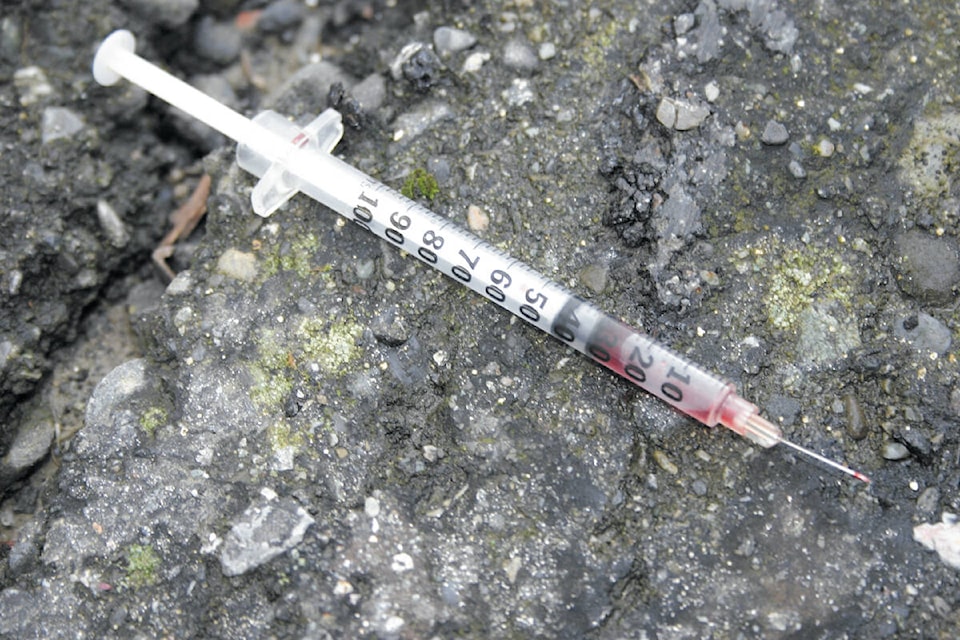As June began, Island Health issued an overdose advisory for the Cowichan Valley.
The numbers are dire.
In April of this year BC Emergency Health Services responded to 84 overdose calls, and 73 in May. That compares to numbers from last year of 58 calls in April and 56 calls in May.
We are years now into this public health emergency, and the numbers are only getting worse. Behind those numbers are people — the people who overdose, often again and again; the ambulance and other personnel who try to save their lives; the friends and family of those who overdose who wonder each time if it will be the last; and those who call 911 as they are walking down the street and see someone passed out on the sidewalk.
And that’s not the only thing that’s getting worse, according to BCEHS. Paramedics are finding that overdoses are getting more complicated to treat as the drugs become more and more toxic, sending drug users into cardiac arrest.
We are seeing some action by various levels of government but it seems like a long, slow, slog to turn the ship and get the systems put in place that will really make a substantial difference.
For too many years addiction was treated almost exclusively as a crime problem, rather than a health problem. While there are certainly criminal aspects that have grown out of the scourge of addiction (think theft, large scale criminal enterprises developed to fill the drug manufacturing and distribution void), at its heart are people, often traumatized and sick people, who need treatment options.
Treatment must include both addressing the addiction and its underlying causes — as well as its consequences.
The federal government’s recent decision to allow B.C. residents to carry a certain amount of drugs for their own personal use is a good start, though advocates have warned the amount allowed is not large enough. Also a good start are safe supply pilot projects, overdose prevention sites where people don’t use alone, and supportive housing where people can start to get their lives back on track.
We still desperately need more free and accessible treatment programs. And we must be realistic that there are some people who will need to be supplied with safe drugs for the rest of their lives.
We’ve been living with the cost of not doing these things for far too long, and too many lives have been lost. We shouldn’t have to fight so hard for every incremental step forward. After all, this has been declared to be a public health emergency.
